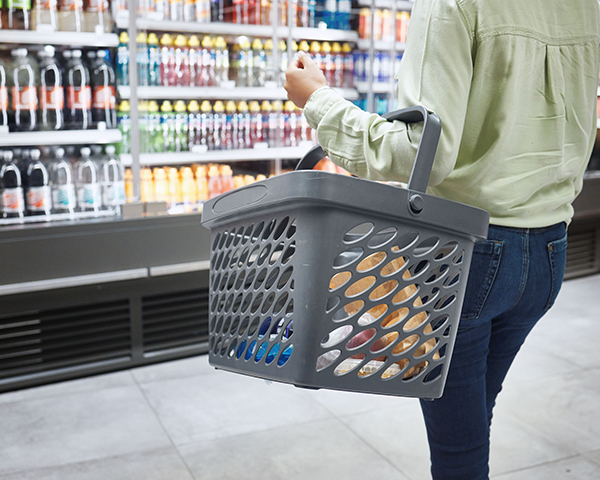
Jacob Wackerhausen/iStock / Getty Images Plus
Sugary drinks, also known as sugar-sweetened beverages (SSBs), can be a major source of added sugars in everyday diets. These drinks include soda, fruit drinks, sports drinks, and energy drinks. Researchers are interested in ways to reduce SSB consumption. A study supported by the National Institutes of Health tested whether pictorial warning labels—pictures depicting potential health problems—could reduce parents’ purchases of SSBs compared with regular labels. They found that pictorial warnings were effective in encouraging parents to make healthier purchasing choices for their children.
What were the researchers studying and why?
Strong evidence shows that regularly consuming SSBs is associated with health conditions like weight gain, obesity, type 2 diabetes, and heart disease. Limiting SSBs in one’s diet may reduce future health risks, especially in children. In a study published in 2022, researchers tested if pictorial warning labels would change parents’ purchasing habits of SSBs.
How did the researchers conduct this study?
Researchers used a naturalistic store laboratory stocked with beverages, food items, and household goods to replicate a typical retail environment. This included a refrigerator stocked with single-serve drinks. The selection of beverages included SSBs, a matching non-sugary version of the SSB, and unflavored water and non-calorically flavored seltzers. Warning labels featured color pictures of real health complications (e.g., organ damage) and a warning message linking excess consumption of sugar and resulting health risks to either heart damage or type 2 diabetes. All beverages were priced similarly. Participants, who were parents of children ages 2 to 12, were instructed to go to the store and select a beverage, a food item, and a household good to purchase for their children. They were split into two groups: a pictorial warning group and a control group that couldn’t see any of the warning labels. Researchers recorded their purchasing choices; afterwards, each participant completed a survey about sugary drinks; their intentions to purchase, consume, or serve sugary drinks; and their child’s future health.
What did the study results show?
The study found that the pictorial warnings lowered parents’ likelihood of purchasing an SSB for their child. Whereas 45% of parents in the control group purchased an SSB for their child, only 28% of parents in the pictorial warning group did so—a statistically significant difference (p = 0.002). Furthermore, 73% of parents in the pictorial warning group reported that the label made them feel more in control over healthy eating decisions, compared with 30% in the control group (p < 0.001).
What is the potential impact of these findings?
Pictorial warnings have been used in other public health interventions (e.g., on tobacco products). These pictorial warnings have been shown to be more effective than text warnings and more accessible to all populations. These findings show that using pictorial warnings could be an effective approach to reducing parent purchases of SSBs while also providing them with a positive sense of control over healthy family choices. Pictorial warning labels on SSBs could help lower children’s added sugar intake, setting them up for healthier futures.
Citation:
Hall, M. G., Grummon, A. H., Higgins, I. C. A., Lazard, A. J., Prestemon, C. E., Avendaño-Galdamez, M. I., & Taillie, L. S. (2022). The impact of pictorial health warnings on purchases of sugary drinks for children: A randomized controlled trial. PLoS Medicine, 19(2), e1003885. https://doi.org/10.1371/journal.pmed.1003885








